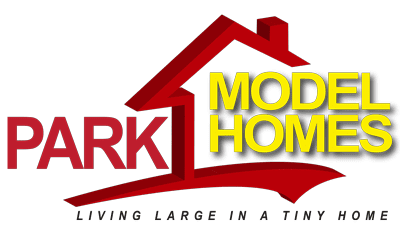At the time of this writing, the average home value in the US according to Zillow is $349,770. Needless to say, this is well outside the budget of many people. And even those who can afford to purchase a traditional, full-size home may struggle financially because of their decision to become a homeowner.
What if there were a more affordable way to own your own home? One answer is to buy a tiny house. A tiny house provides you with the comforts and amenities of a traditional home within a smaller footprint—typically 400 square feet or less.
In this post, we will explore how buying a tiny house can help you achieve greater financial freedom and independence.
- Less expensive to purchase
For starters, the price tag for a tiny house is usually far below the average price to purchase a traditional full-size home. You may be able to save hundreds of thousands of dollars.
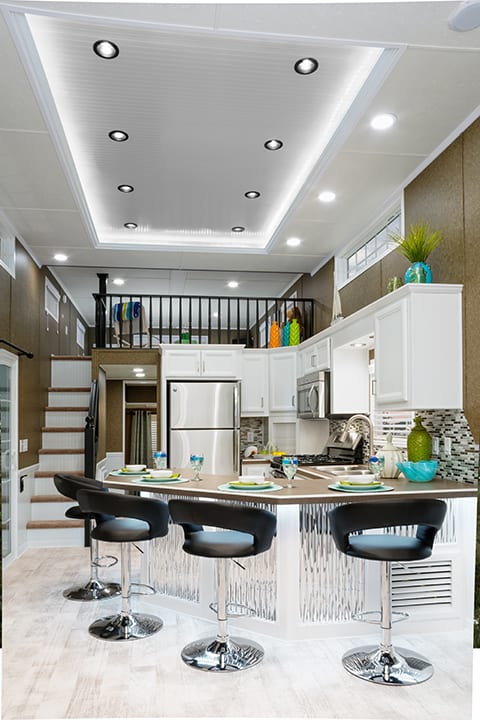
Even though you will spend far less money to purchase a tiny house, you will find it is every bit as luxurious as a full-size home. You will have a spacious, beautiful kitchen, an open floor plan with high ceilings, and many other features that will ensure your utmost comfort.
One thing to keep in mind is that you may need to buy or lease land for your tiny house. But if you already own your own land, that is an expense you do not need to worry about. Once your home itself is paid off, you will be all set.
- Flexible financing
When you buy a tiny house, you typically do not use a traditional mortgage product to purchase it. Instead, you rely on alternative financing options. In many cases, you will discover that the financing available for tiny homes is more affordable than that for traditional homes.
Plus, since a tiny house is likely to be less expensive than a traditional home, you may be able to pay off your loan more rapidly, resulting in paying less interest over the lifetime of the loan.
- Low property taxes
How or whether property taxes will be assessed for your tiny house depends on the specific type of tiny home you have, where you place it, and how it is classified within your local jurisdiction. Regardless, because your tiny house will have a lower property value than a traditional full-size home would on average, your property taxes should also be more affordable.
- Energy-efficient
A traditional home might be anywhere from 1,500 square feet to 2,500 square feet—sometimes even more. Contrast that with a home that measures 400 square feet or less. Now think about the costs to heat, cool, and illuminate 1,500 square feet or more compared to 400 square feet.
It is much more affordable to maintain liveable temperatures and adequate lighting in a small space than a large one.
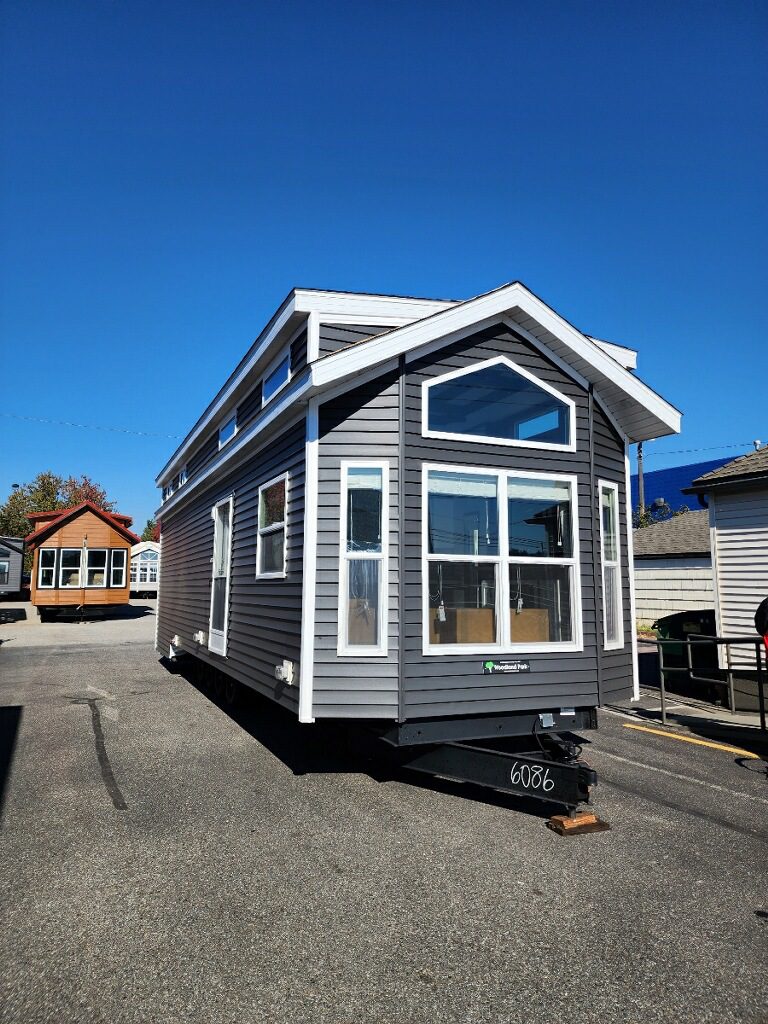
Additionally, at Park Model Homes, we install energy-efficient glass doors and windows in our homes, further reducing the energy required to maintain interior temperatures in all four seasons.
- Less expensive to furnish
If you are moving into a home that measures a couple thousand square feet, you are going to need to furnish and decorate all of that space unless you want your rooms to look oddly empty.
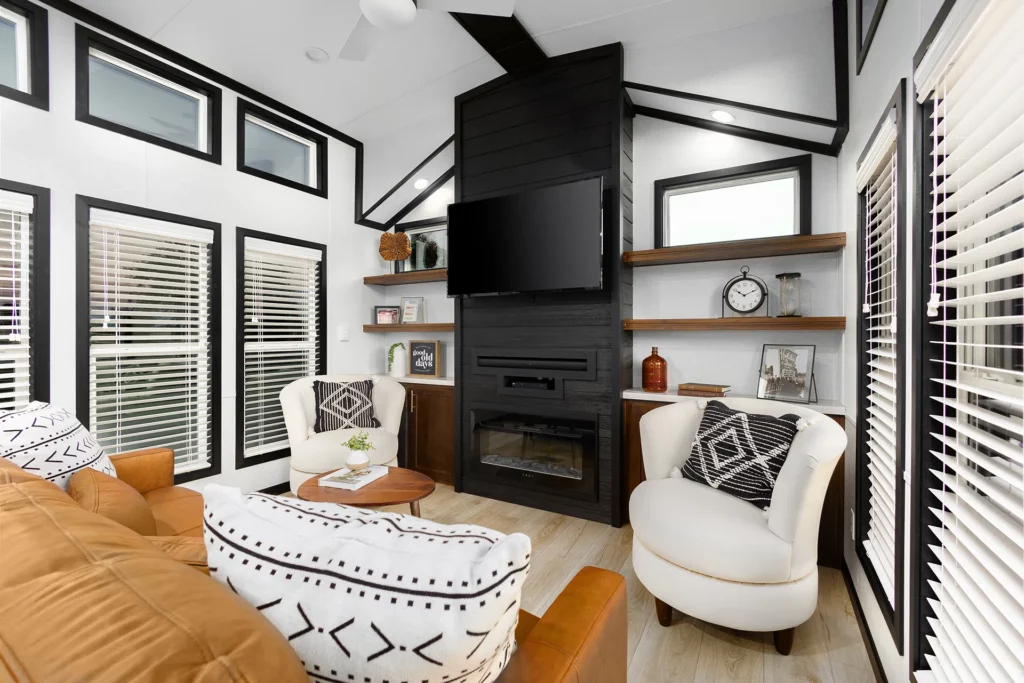
When you move into a tiny home, you can downsize. Your furnishing needs will be minimal. In fact, you can even purchase a tiny house that comes with furnishings included in the price. This is a wonderful way to save time and money, and to ensure that your furniture perfectly complements the architecture and color palette of your home.
- Reduced maintenance costs
Imagine for a moment you live in a traditional home. There is a slow leak in your basement, but you only go down there a couple of times a week, usually just for a couple of seconds to grab something off a shelf. Imagine how many months you might go without discovering the leak. All the while, it grows and grows. By the time you find out about it, it has turned into a large, expensive emergency, and caused all sorts of damage.
While leaks or other problems can escape your notice in a tiny house, they are far less likely to. Your home has no forgotten corners; everything is within easy visibility and reach at all times. So, if something goes wrong, you can catch it in the beginning, when it is small and affordable to fix.
This is why your overall maintenance costs may be lower over the long term when you live in a tiny house.
- Keep your moving costs down
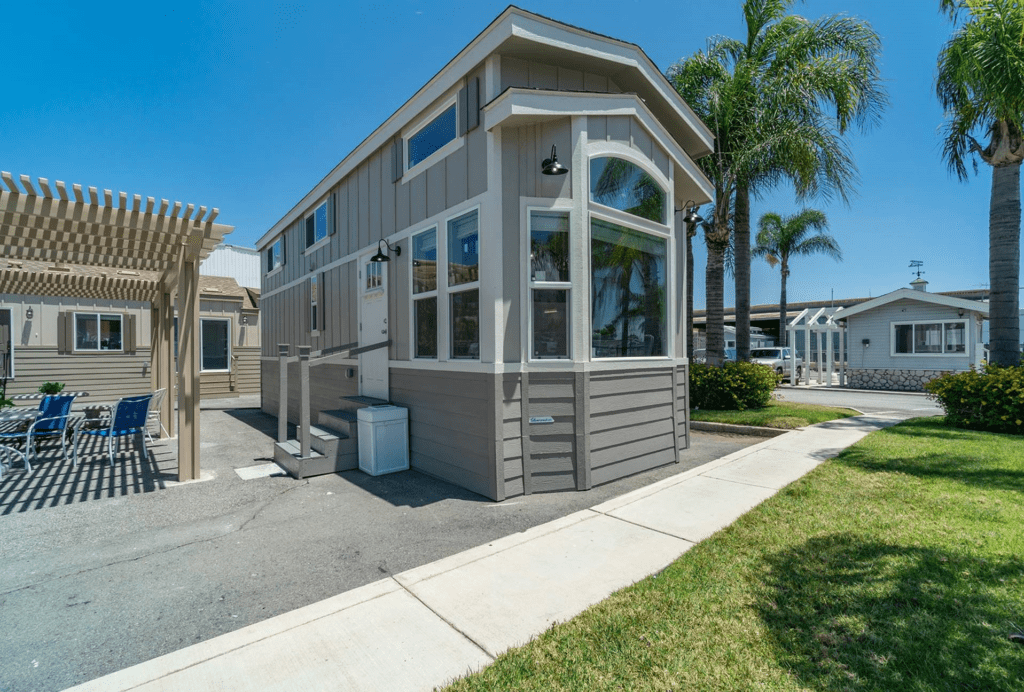
If you need to move from one house to another, you will probably spend at least $1,000 on moving expenses, and possibly more than $4,000. These costs are so prohibitive that for many people, even the possibility of relocating across the state or country is unobtainable.
There are still costs involved in moving if you have a tiny house, but at least you can bring your tiny home with you. You do not have to pay movers to pack everything and drive it in a truck. You can just pack and secure your items yourself in your home, and then move the home. You will save time and money each time you relocate, and you will never again have to leave the home you love.
Learn More About the Affordability of the Tiny Lifestyle
Whether you are just starting out on your life path or you are looking to retire, moving into a tiny house can be your ticket to a brighter financial future with more freedom and stability. If you would like to learn more about how you can save money with a park model home, please fill out our contact form or give us a call today.
